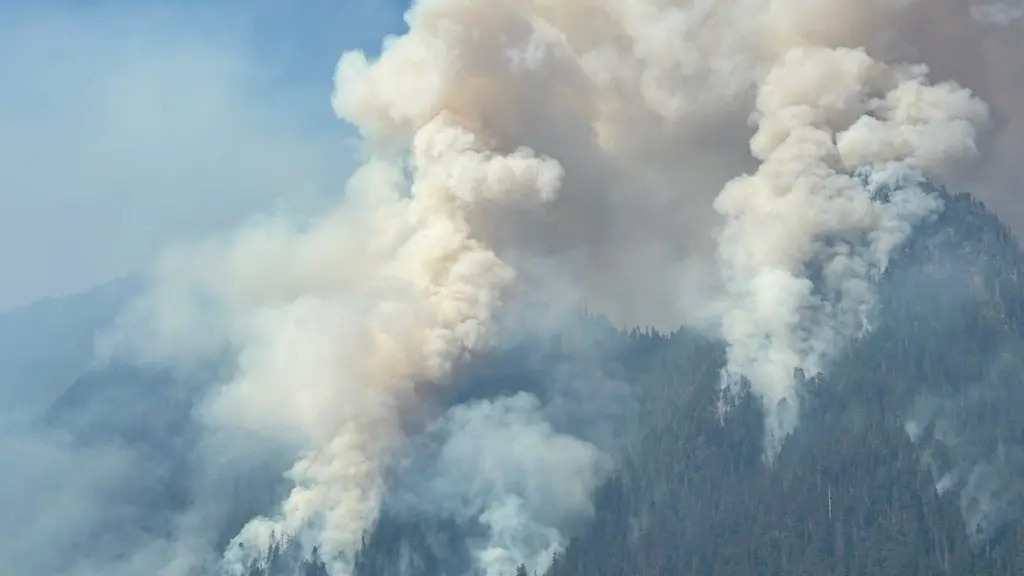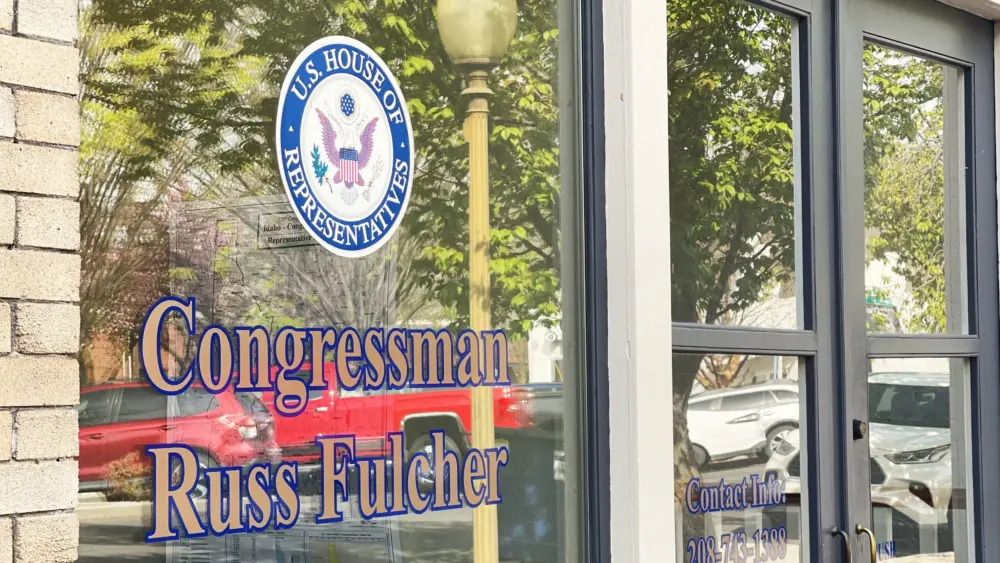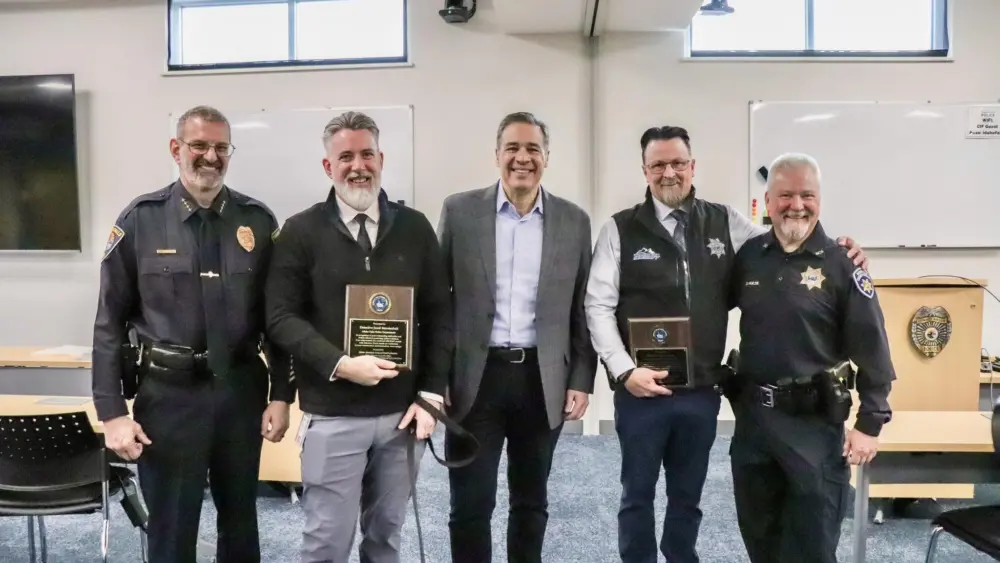OLYMPIA, WA – With fall weather dampening wildland fire conditions in Washington, officials are beginning to reflect on the fire season.
Washington state saw more individual fires than last season, but fewer acres burned, preliminary data shows. Several sizable fires are still burning.
As of Oct. 10, there were 251,840 acres burned in Washington state and 1,851 documented ignitions, according to Northwest Interagency Coordination Center data released by the state Department of Natural Resources.
The data is not specific to Department of Natural Resources-managed lands, and encompasses wildland fire activity across all of Washington state.
The numbers include the current acreage for the two fires still burning in Central Washington, as well as several other active fires across the state.
The Labor Mountain fire and the Lower Sugarloaf fire in Central Washington were both partially contained as of Monday afternoon.
The Bear Gulch fire in the Olympic National Forest is also still burning, but fire management personnel determined last week that the threat of further damage from the fire is minimal. The Tunnel Creek fire, similarly, has mostly stopped growing due to the shift in weather.
The total acreage burned so far this year is below last year’s total of 274,593 acres and the five-year average of 423,436 acres.
“Unless something unexpected happens, Washington state will likely experience slightly fewer or a similar number of total acres burned statewide as last year,” said Department of Natural Resources spokesperson Thomas Kyle-Milward
Fire ignitions, however, are higher than last year’s total of 1,806 and the five-year average of 1,629.
Ignitions include anything that starts a fire, such as weather, human activity, and undetermined causes. False alarm reports are not included in the data.
Kyle-Milward described this year’s wildland fire season as “average to above-average,” noting that fire activity was consistent with projections for the season.
Finalized data for 2025 will be released in January.
With temperatures mellowing and rain beginning to fall, the Department of Natural Resources does not expect any further fire activity in Central and Eastern Washington this season.
“Fall weather is mitigating conditions,” said Kyle-Milward.
Because conditions have become favorable, the Washington Department of Fish and Wildlife announced last week that it plans to start conducting prescribed burns on the lands it manages in Eastern Washington.
The agency conducts prescribed fires during conditions that favor low-intensity burning, such as in the spring and fall, to improve ecosystem health and reduce the risk for future catastrophic wildfires.
“Fire rejuvenates important native grass and brush favored by deer and elk, as well as small mammals and bird species, while providing improved ecosystem health and resiliency, reduced wildfire intensity, and improved access for recreational users,” said Matt Eberlein, prescribed fire program manager with the Department of Fish and Wildlife.
The agency plans to treat 300 acres on the L.T. Murray Unit of the L.T. Murray Wildlife Area about 15 miles west of Ellensburg. It will also partner with Chelan County, the U.S. Forest Service, and the Washington Department of Natural Resources to treat 36 acres in the Stemilt Basin in the Colockum Wildlife Area.
Additional burns on Department of Fish and Wildlife-managed Eastern Washington lands may be announced later this fall.
All burns are weather-dependent and will not occur if conditions are not optimal for safe and effective prescribed fires, Fish and Wildlife stated.
The Department of Natural Resources launched its own prescribed fire program in 2021, when state lawmakers approved a bill committing $500 million over eight years for wildfire preparedness and response.
State spending largely kept up with that target until this year.
The Department of Natural Resources was adequately prepared for this year’s fire season, but used funding left over from previous years to do so.
Public Lands Commissioner Dave Upthegrove, who oversees the department, is asking the Legislature to backfill $60 million for fire prevention efforts, including tree thinning and prescribed burns, that was shortchanged in the last legislative session.
He is also asking for an additional $44.8 million for wildfire fighting for the 2026 fiscal year, which runs through next June.
Washington State Standard is part of States Newsroom, a nonprofit news network supported by grants and a coalition of donors as a 501c(3) public charity. Washington State Standard maintains editorial independence. Contact Editor Bill Lucia for questions: info@washingtonstatestandard.com.





